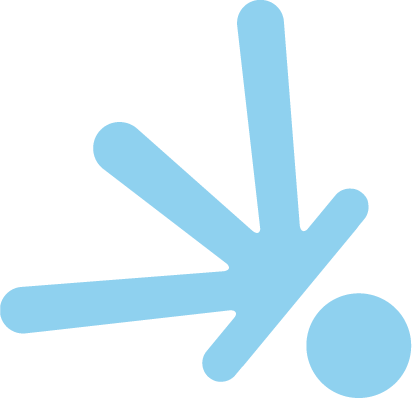Gallstones are the most common problem that affects the gallbladder and can lead to a number of complications, some of which may become life threatening and present a medical emergency. These stones usually don’t present any symptoms, which makes them hard to detect until they cause another condition or complication to hint to their development.
The most effective course of treatment for gallstones is cholecystectomy, or the removal of gallbladder. Although the gallbladder has a function storing the bile that is then released into the small intestine, it is possible to live a normal life without it. Laparoscopic surgery is the preferred method of gallbladder removal, as it safer for the patients and allows shorter recovery times. Cholecystectomy has a 99% success rate in removing gallstones and their reoccurrence.
Unless the gallstones have caused a medical emergency, removing the gallbladder is considered to be an elective procedure, with the other less invasive courses of treatment being the first option.

